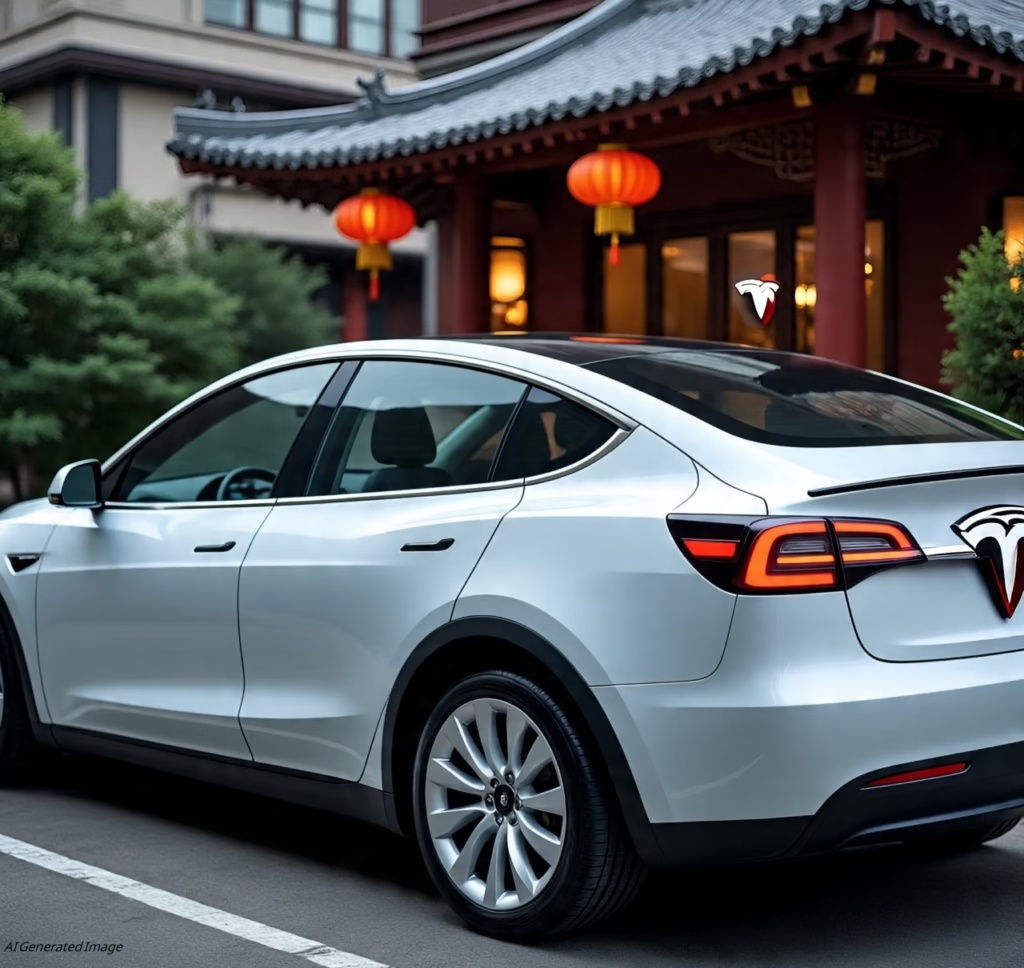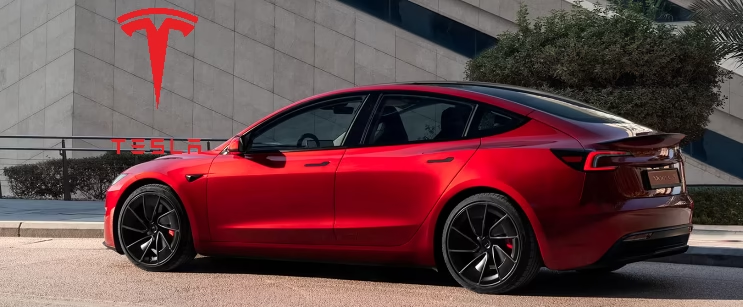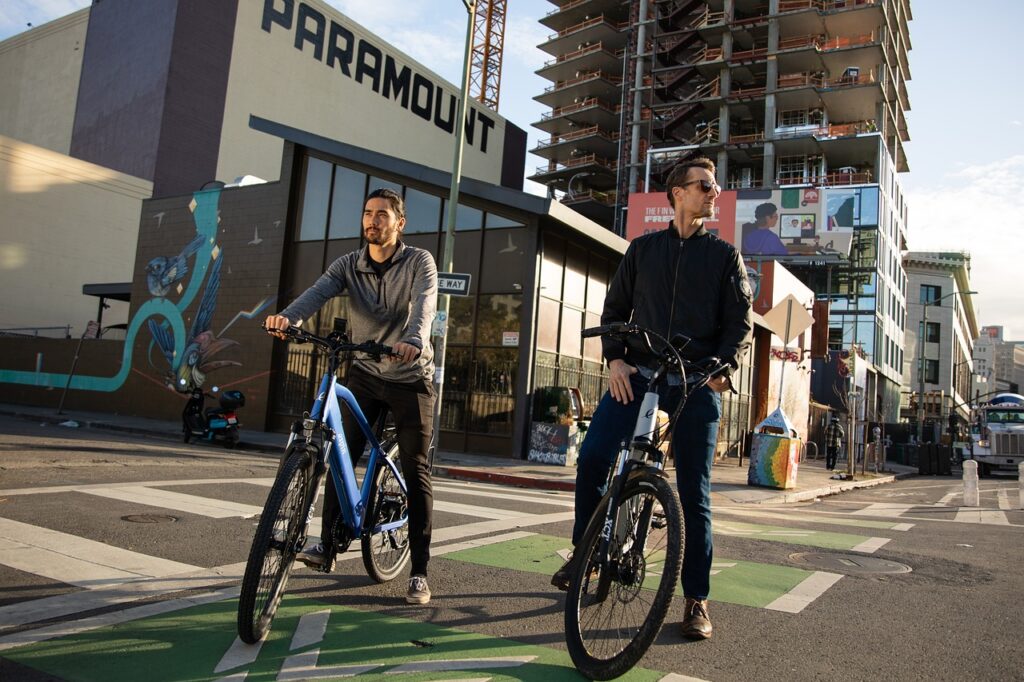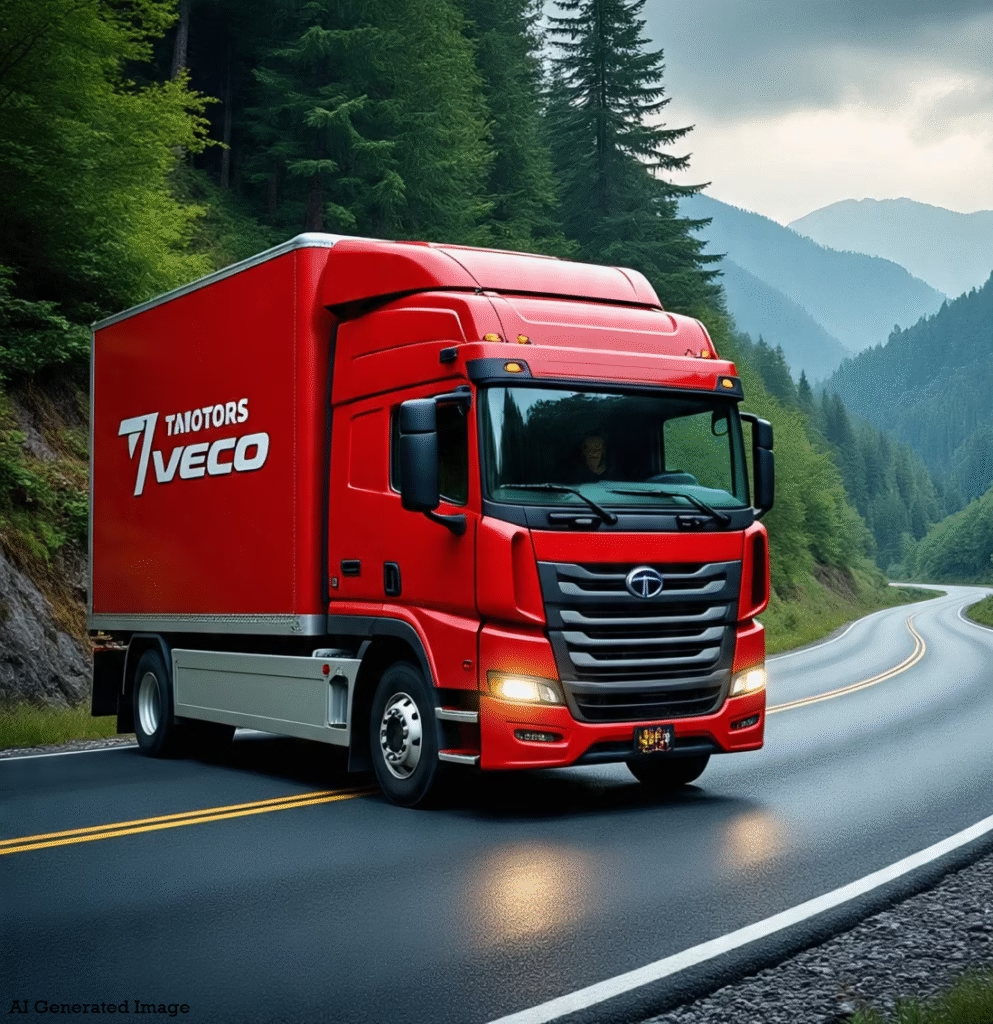Just a few years ago, the idea of self-driving cars and AI copilots felt like something out of a sci-fi film. Fast forward to 2025, and those once-futuristic concepts are quickly becoming standard features in modern vehicles. The automobile industry is undergoing a radical transformation one where software is just as important as horsepower, and innovation is measured in terabytes as much as in torque.
From smarter batteries to cars that “talk” to each other, the auto landscape today is dynamic, data-driven, and, frankly, exhilarating. In this post, we’ll dive into the technologies that are pushing the pedal to the metal on progress, explore how top manufacturers like Tesla, Toyota, and BMW are racing ahead, and offer a glimpse into where your next car might be headed.
The Rise of Autonomous Driving: No Hands, Still in Control
Autonomous vehicles are no longer prototypes or test lab darlings they’re rolling into reality. Tesla’s Full Self-Driving (FSD) system continues to grab headlines, with 2025 updates promising better decision-making in complex urban environments. Tesla’s neural network-based AI now analyzes real-time data from over a million cars, which has significantly improved predictive capabilities and reduced human intervention in routine driving.
Toyota, while traditionally more conservative in adopting full autonomy, has taken a pragmatic approach. Its “Guardian” system focuses on driver assistance rather than full autonomy leveraging AI to enhance safety, not replace the driver. It’s a subtle but smart move, aimed at gradually building trust among consumers.
BMW, on the other hand, is pushing its Level 3 autonomy in its new 7 Series, allowing drivers to take their hands off the wheel under certain conditions. The German brand blends luxury with tech, and its Human-Centric AI ensures a smooth and safe ride while maintaining the brand’s classic driving feel.
Expert insight: According to McKinsey, autonomous vehicles could account for 12% of new car sales globally by 2030. That means by the next time you’re car shopping, you may very well test-drive a car that can test-drive itself.
Vehicle-to-Everything (V2X): Cars That Communicate
If self-driving is about independence, V2X is about connection. This technology enables vehicles to exchange information with everything around them—other cars, traffic lights, road signs, and even pedestrians’ smartphones.
Tesla’s cars already use V2V (vehicle-to-vehicle) and V2I (vehicle-to-infrastructure) capabilities for its Autopilot and FSD features, allowing better situational awareness.
Toyota has been leading V2X development in Japan, focusing on preventing collisions at intersections by communicating with road infrastructure. Their systems now work in conjunction with citywide smart traffic systems, which is especially effective in urban environments.
BMW has integrated V2X in its ConnectedDrive system, enhancing real-time hazard warnings and traffic information. Their vehicles can now communicate with other BMWs to share data on weather, speed traps, or sudden stops ahead.
Real-world impact: The U.S. Department of Transportation estimates that V2X could reduce up to 80% of non-impaired crashes. That’s a massive leap in public safety.
Solid-State Batteries: The New Power Source
Goodbye, lithium-ion. Hello, solid-state. These next-gen batteries promise longer range, faster charging, and improved safety all with a smaller carbon footprint.
Toyota has been at the forefront of solid-state battery development and announced production-ready prototypes in 2024. Their new battery tech offers 745 miles of range on a single charge with a 10-minute recharge time. Yes, you read that right 10 minutes.
Tesla, while still using lithium-ion for mass production, is rumored to be developing hybrid solid-state variants for its high-performance Roadster model. Elon Musk has acknowledged the potential but emphasized scalability as the main barrier.
BMW, meanwhile, has partnered with Solid Power to develop its own solid-state battery platform, with plans to integrate them into its Neue Klasse EVs by 2026.
Industry data: BloombergNEF reports that solid-state battery investments have more than doubled from $3 billion in 2022 to over $6.5 billion in 2024.
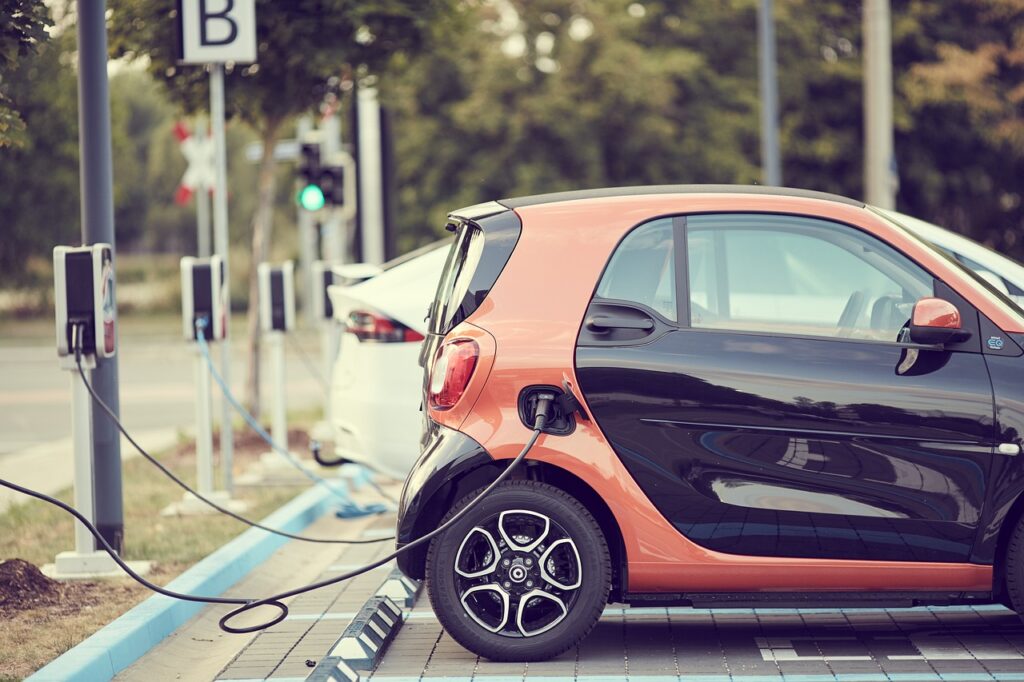
AI-Based Driver Assistance: Your Car as a Co-Pilot
Driver assistance is no longer just lane-keeping and cruise control. In 2025, it’s about predictive behavior, context-aware driving, and real-time emotion recognition.
Tesla’s AI-driven systems can now anticipate lane changes, predict other vehicles’ behavior, and reroute in real time based on traffic patterns and hazards. Its AI dashboard is getting increasingly conversational think voice commands with natural language rather than robotic prompts.
Toyota’s AI Copilot, part of its Mobility Teammate Concept, uses a combination of radar, LIDAR, and machine learning to understand not just the road but also the driver’s condition. Fatigue detection, mood assessment, and personalized route suggestions are just some of its intelligent features.
BMW leverages AI in its iDrive 9 interface. Integrated with voice and gesture control, it even adapts to your habits like adjusting seat temperature and route planning based on your calendar or past behavior.
Cool fact: According to NVIDIA, whose chips power many in-car AI systems, over 50 million vehicles are expected to ship with AI-driven features by 2026.
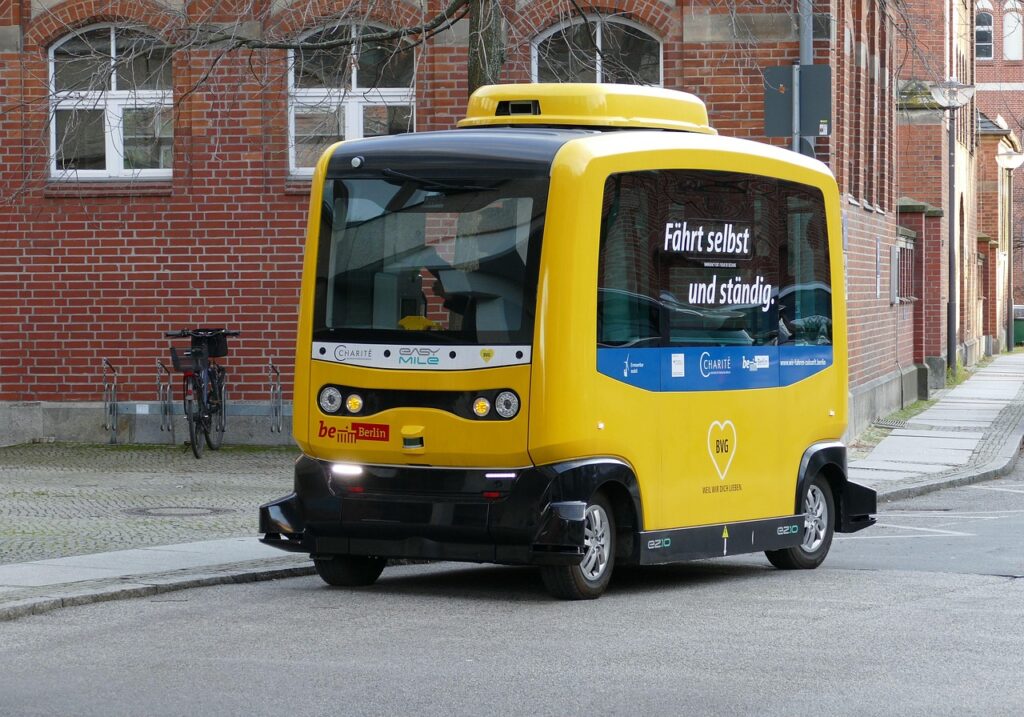
Sustainable Materials: Greener Inside and Out
The future of mobility isn’t just electric it’s sustainable. As the world moves toward net-zero emissions, carmakers are rethinking what cars are made of.
Tesla is experimenting with next-gen aluminum alloys and synthetic leathers that require less energy to produce and are fully recyclable.
Toyota has introduced bioplastics in its interiors and is scaling up use of kenaf (a fast-growing plant) fibers as an alternative to traditional plastics.
BMW has taken it a step further by using recycled fishing nets and ocean plastics in its iX and i5 series. Their factory in Leipzig now runs almost entirely on renewable energy, setting new benchmarks in eco-friendly manufacturing.
Global trend: According to the International Energy Agency (IEA), sustainable materials in car manufacturing could reduce lifecycle emissions by up to 30% a crucial step in fighting climate change.
The Big Picture: What’s Next?
In the next five years, we can expect these technologies not just to evolve but to converge. Cars will become true “smart devices on wheels,” seamlessly blending autonomy, connectivity, and sustainability.
Here’s what that might look like by 2030:
- Driverless cars in select cities with near-zero accidents
- Fully solid-state EV lineups offering 700+ mile ranges
- Ultra-customized experiences with AI adjusting everything from climate to music to your mood
- Hyper-connected roads where traffic lights, navigation, and even road conditions adapt to real-time driving patterns
- A dramatic drop in emissions thanks to circular manufacturing and sustainable sourcing
Final Thoughts: Buckle Up for the Future
The automotive revolution is more than just electric it’s intelligent, intuitive, and interconnected. Whether you’re a die-hard car buff or a casual commuter, the innovations rolling out today are designed to make driving safer, greener, and more exciting.
As Tesla pushes the limits of autonomy, Toyota blends tradition with transformation, and BMW elevates intelligence with luxury, one thing is clear: the race for the car of the future is well underway and the winners are likely to be all of us.
So, the next time you sit behind the wheel, remember: you’re not just driving a car anymore. You’re driving the future.
Keywords: automotive technology 2025, latest car technology, autonomous vehicles 2025, self-driving cars, connected cars technology, electric vehicles 2025, EV battery innovations, AI in automotive, advanced driver assistance systems, ADAS features 2025, hybrid vehicles India, vehicle electrification trends, automotive industry innovations, smart mobility 2025, vehicle-to-everything (V2X), automotive cybersecurity, automotive electronics trends, software-defined vehicles, car technology India, future of mobility, hybrid car technology, electric vehicle charging infrastructure, automotive AI applications, mobility as a service, automotive sensor technology, automotive safety systems, autonomous driving features, automotive industry India, car care technology 2025
Disclaimer: Transparency is important to us! This blog post was generated with the help of an AI writing tool. Our team has carefully reviewed and fact-checked the content to ensure it meets our standards for accuracy and helpfulness. We believe in the power of AI to enhance content creation, but human oversight is essential.

